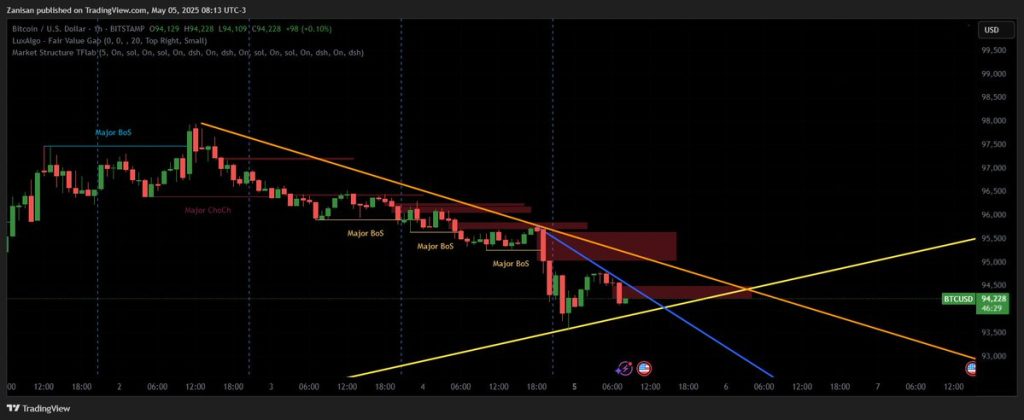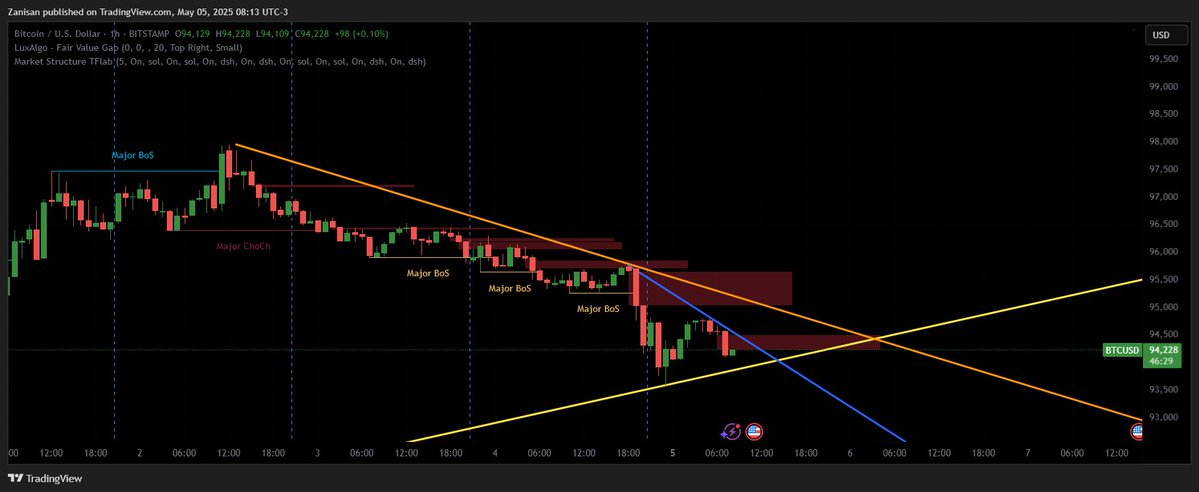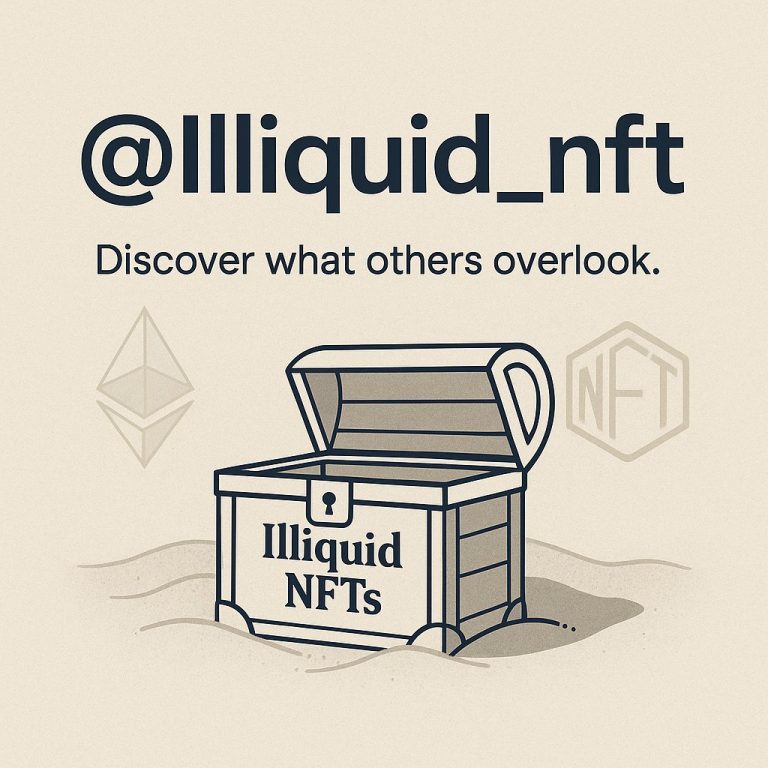
The Intersection of Technology and Analysis in Modern Trading
In the rapidly evolving world of finance and technology, the ability to analyze data and make informed decisions has become more crucial than ever. From cryptocurrency trading to sports performance analysis, the tools and techniques used to interpret data are transforming how we approach various fields. This report delves into the significance of trend analysis, the role of AI in uncovering vulnerabilities, and the impact of real-time data on decision-making processes.
The Power of Trend Analysis
Trend analysis is a fundamental tool in the arsenal of traders and analysts. Whether it’s cryptocurrency markets or traditional financial instruments, understanding trends can provide valuable insights into future price movements. Trend lines, support and resistance levels, and other technical indicators are essential components of this analysis.
Top-Down Analysis: A Holistic Approach
Top-down analysis involves examining the broader economic and market conditions before drilling down into specific assets or securities. This method helps traders identify macroeconomic trends that could impact their investments. For instance, a trader might start by analyzing global economic indicators, then move to sector-specific trends, and finally focus on individual stocks or cryptocurrencies.
In the world of cryptocurrency, trend analysis can be particularly effective. Bitcoin, for example, often exhibits clear trends that can be identified through technical analysis. By using trend lines and other indicators, traders can make more informed decisions about when to buy or sell. The simplicity of trend line strategies makes them accessible to both novice and experienced traders, as long as they understand the principles of top-down analysis[1].
AI and Threat Analysis: Uncovering Hidden Vulnerabilities
Artificial Intelligence (AI) has revolutionized the way we approach threat analysis, particularly in the realm of blockchain and cryptocurrency. AI-powered tools can surface vulnerabilities that might otherwise go unnoticed, providing an extra layer of security for investors and developers.
Surfacing Unknown Vulnerabilities
One of the most significant advantages of AI in threat analysis is its ability to identify lingering issues that human analysts might miss. For example, AI can detect token approvals from long-dead projects, backdoors in NFT contracts, and dormant dApp permissions that could be exploited. These vulnerabilities can have serious implications for the security and integrity of blockchain ecosystems.
Early adopters of AI-powered threat analysis tools have praised their effectiveness in uncovering hidden risks. By continuously monitoring the blockchain for potential threats, AI can help prevent attacks and ensure the safety of digital assets. This proactive approach to security is crucial in an industry where the stakes are high and the risks are ever-present[2].
Real-Time Market Analysis and Portfolio Optimization
Real-time market analysis is another area where technology is making a significant impact. The ability to analyze market data in real-time allows traders and investors to make more informed decisions, optimizing their portfolios for better performance.
The Role of AI in Strategy Execution
AI-powered strategy execution involves using machine learning algorithms to analyze market data and execute trades based on predefined strategies. This approach can be particularly effective in volatile markets, where human traders might struggle to keep up with rapid price movements.
Real-time market analysis also plays a crucial role in portfolio optimization. By continuously monitoring market conditions and adjusting portfolios accordingly, investors can maximize their returns and minimize risks. AI can help identify opportunities for diversification, rebalancing, and other portfolio management strategies, ensuring that investors stay ahead of the curve.
The Future of Analysis: Integrating AI and Human Insight
As we look to the future, the integration of AI and human insight will be key to successful analysis and decision-making. While AI can provide valuable data and insights, human intuition and experience are still essential for making informed decisions.
Learning Algorithms and Continuous Improvement
One of the most exciting aspects of AI in analysis is its ability to learn and improve over time. Learning algorithms can adapt to changing market conditions, refining their strategies and improving their accuracy. This continuous improvement process ensures that AI-powered tools remain effective, even as markets evolve.
NFT staking with perks is another area where AI is making a significant impact. By using AI to analyze NFT trends and cultural sentiment, investors can make more informed decisions about which NFTs to stake and hold. This approach can help maximize returns and ensure that investors stay ahead of the curve in the rapidly evolving world of NFTs[5].
Conclusion: Embracing the Future of Analysis
The intersection of technology and analysis is transforming the way we approach various fields, from cryptocurrency trading to sports performance analysis. Trend analysis, AI-powered threat detection, and real-time market analysis are just a few of the tools and techniques that are revolutionizing the way we make informed decisions.
As we look to the future, the integration of AI and human insight will be key to successful analysis and decision-making. By embracing these technologies and continuing to innovate, we can ensure that we stay ahead of the curve in an ever-changing world.
The Road Ahead
The road ahead is filled with opportunities and challenges. As technology continues to evolve, so too will the tools and techniques we use to analyze data and make informed decisions. By staying informed and embracing new technologies, we can ensure that we are well-prepared to navigate the complexities of the modern world.
—
[1] @nft_master3131
[2] @thecryptodof
[5] @dammy_oyb








